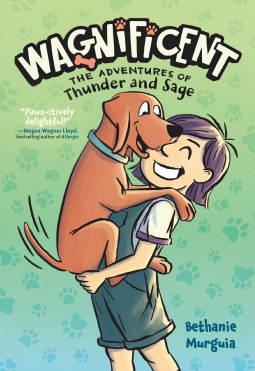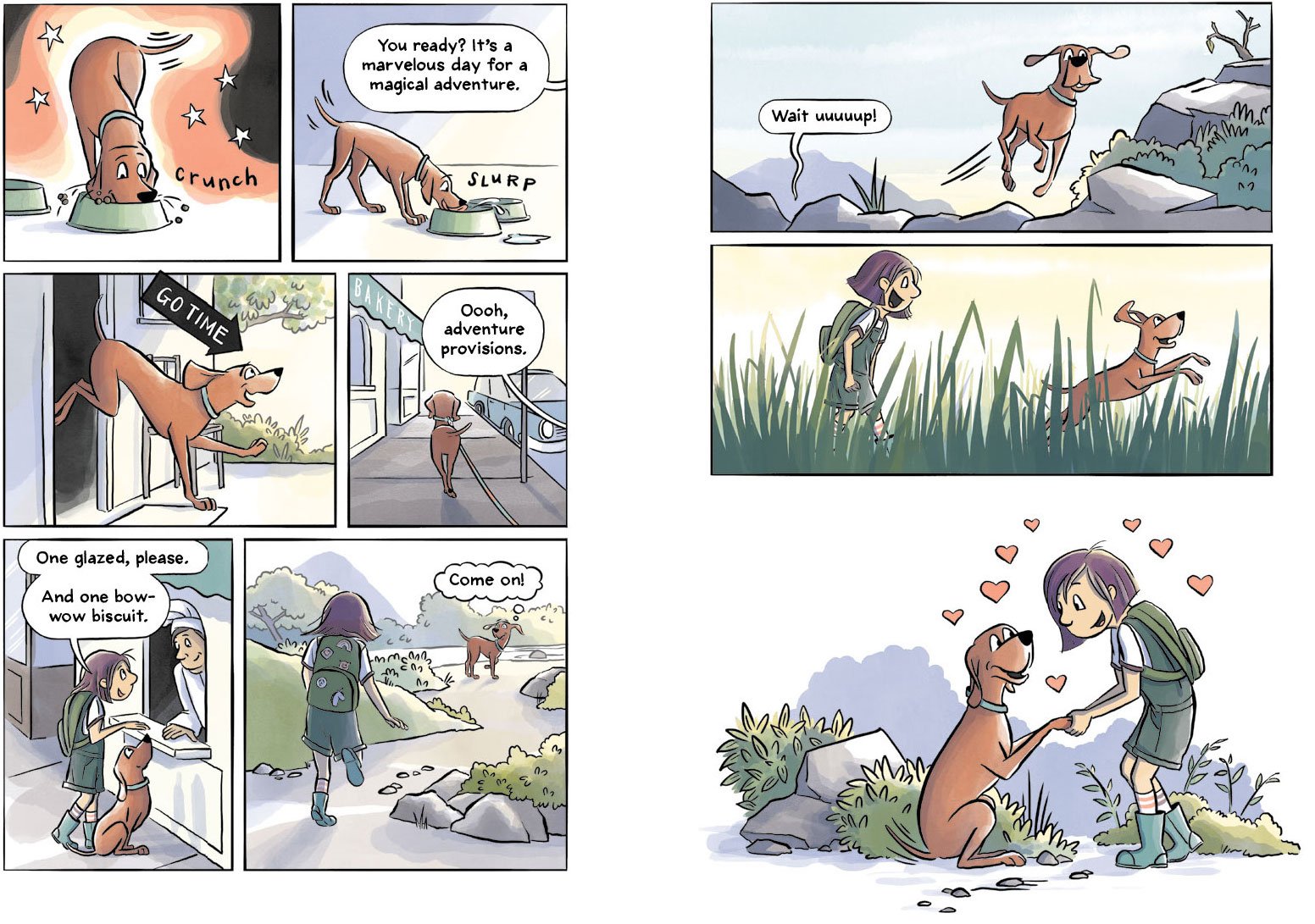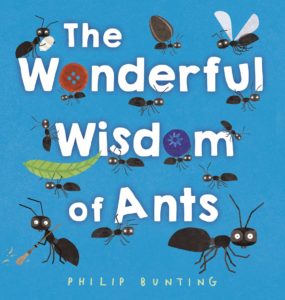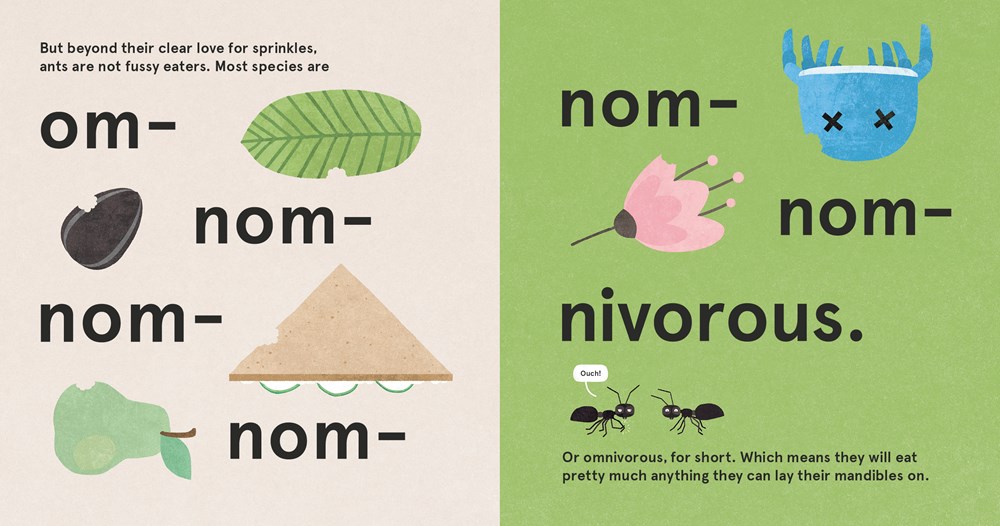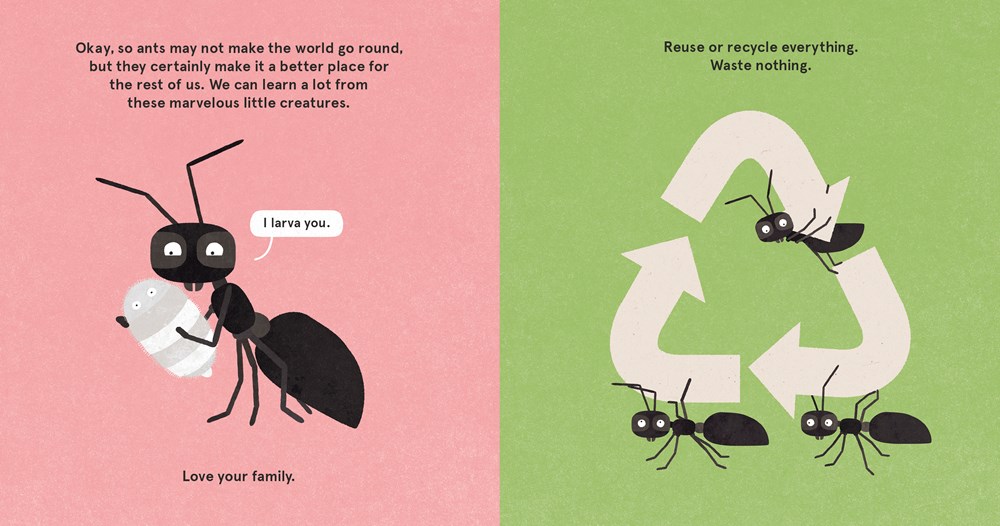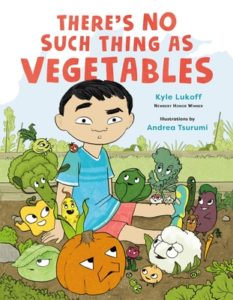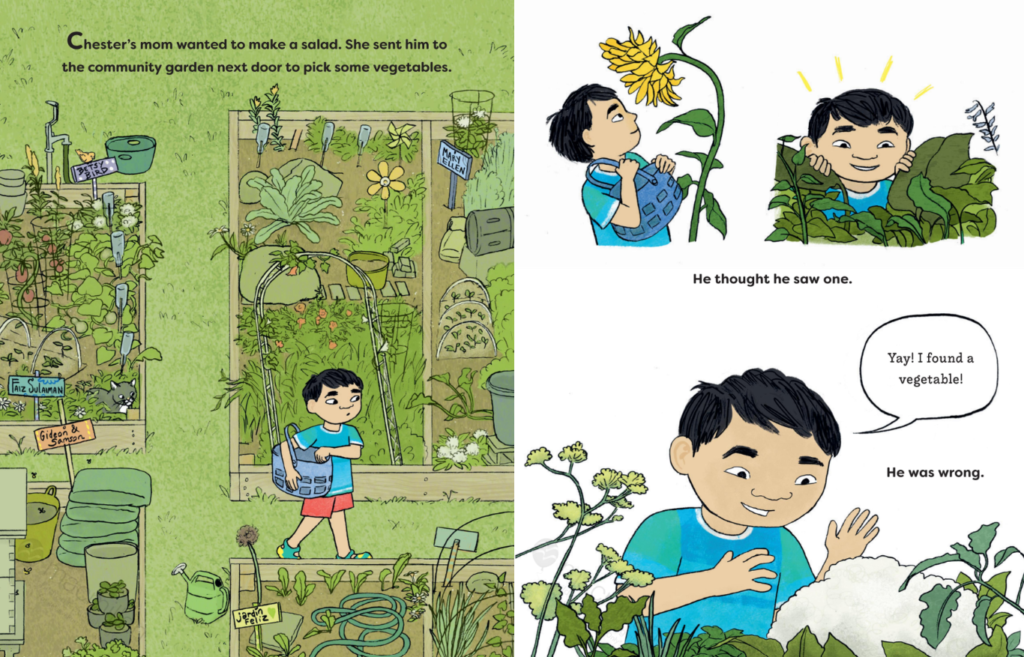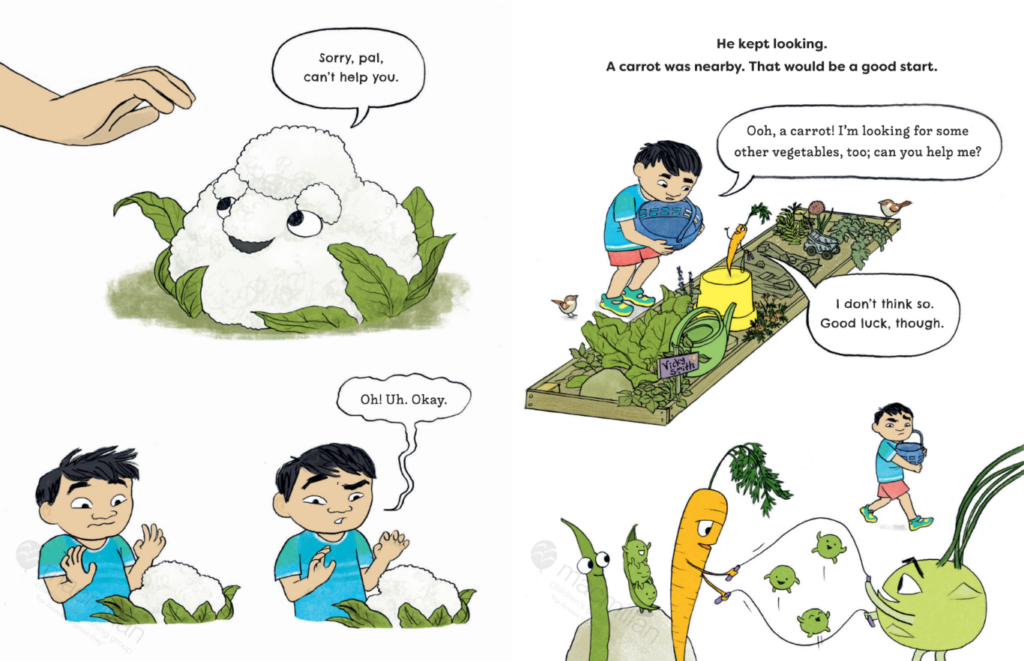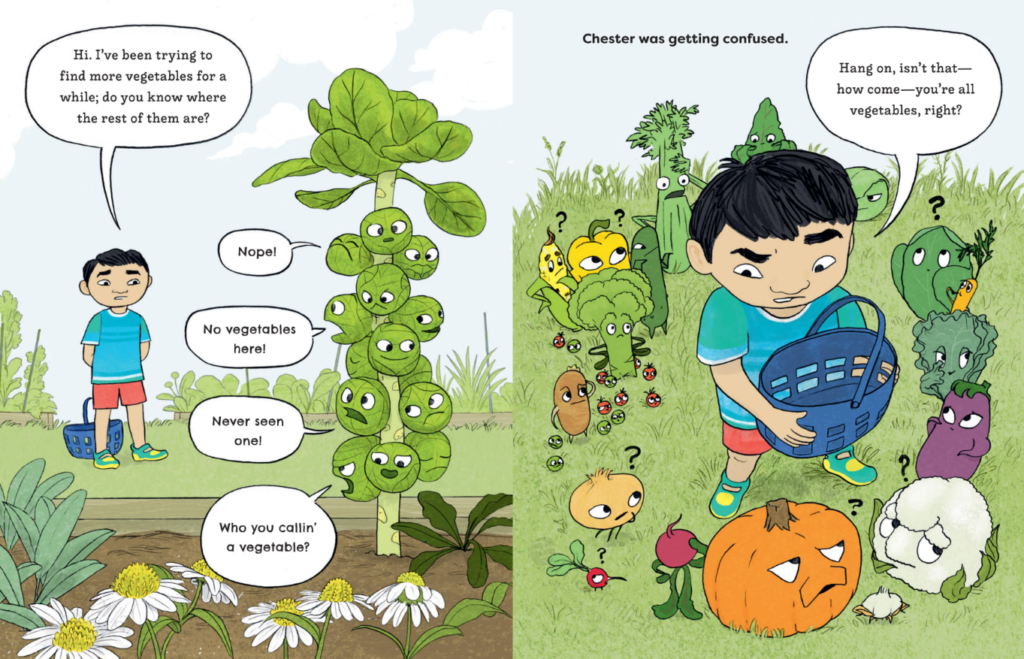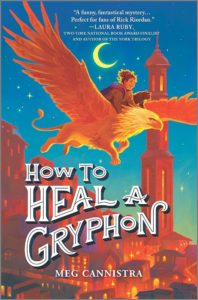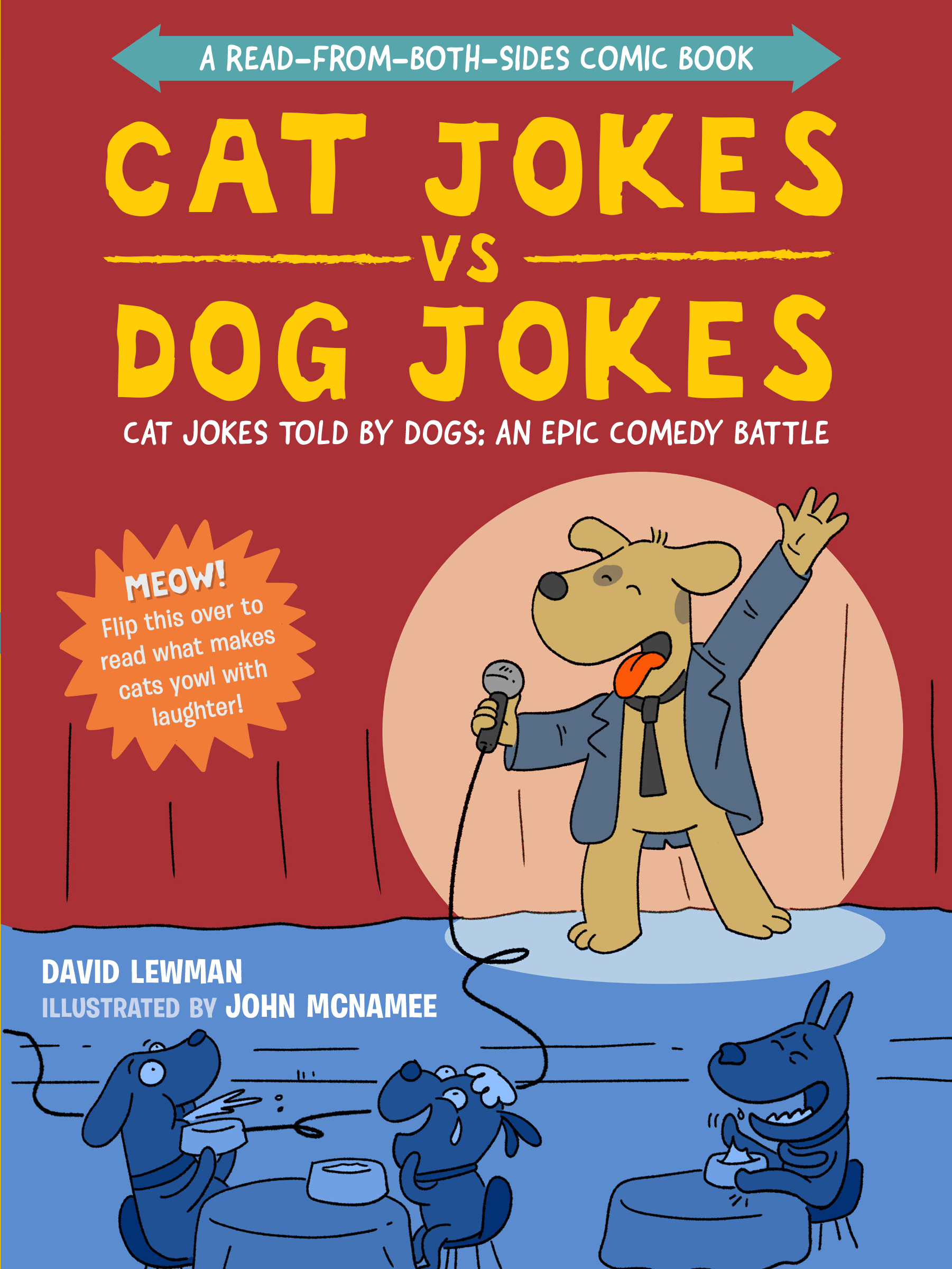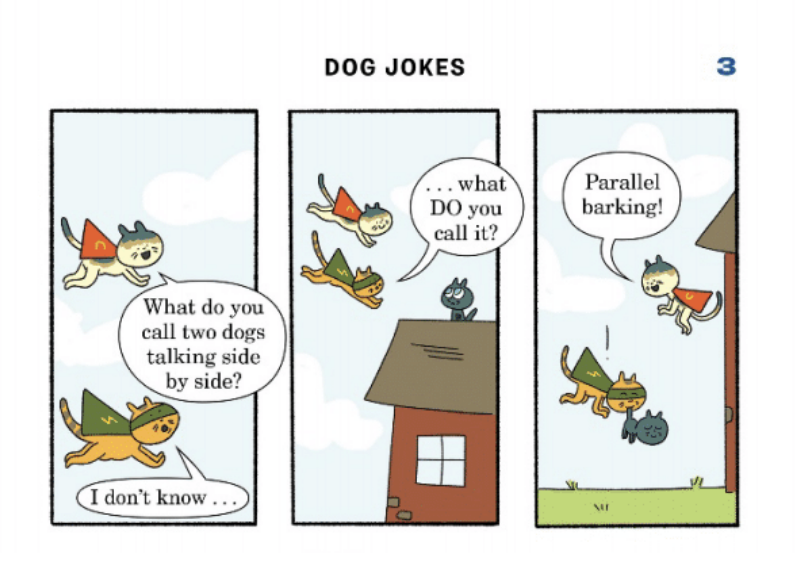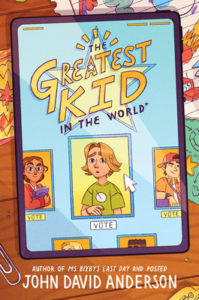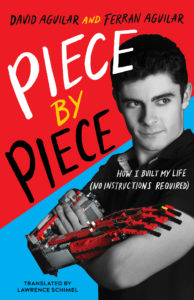
Piece by Piece: How I Built My Life (No Instructions Required)
Author: David Aguilar & Farran Aguilar
Translator: Lawrence Schimel
Published October 25, 2022 by Amazon Crossing Kids
Summary: The heartfelt and funny memoir of a boy who built himself a prosthetic arm out of the world-famous toy bricks.
David Aguilar was born missing part of one arm, a small detail that seemed to define his life and limit people’s ideas of who he was and who he could be. But in this funny and heartfelt memoir, David proves that he can throw out the rulebook and people’s expectations and maybe even make a difference in the world—and all with a sense of humor. At only nine years old, David built his first prosthesis from LEGO bricks, and since then he hasn’t stopped creating and thinking about how his inventions, born from a passion for building things, could fuel change and help others.
With a voice full of humor and heart, David tells his powerful story, of family and friendship, of heartbreak and loss, and ultimately of triumph and success, as he continues to dream big and build a life and a better world—piece by piece.
Praise:
“Humorous and uplifting…While readers needn’t be LEGO fans to admire David’s ingenuity, fellow builders may be inspired to dream up their own inventions.” —Kirkus Reviews
“Readers will cheer for Aguilar and relate to him as he shares conversational stories about growing up, playing sports, and struggling with school. Family is at the heart of his story, and the endless support and advocacy of his parents, in particular, make this a sweet and uplifting story. Young readers will identify with this creative young person and will question society’s definition of “normal.” —School Library Journal
About the Authors:
David Aguilar and his father, Ferran Aguilar, are from Andorra, in Europe. David was born missing part of one arm. At the age of nine, he designed his first prosthesis with LEGO bricks, and in high school he built the next generation, which he named the MK-1. David’s father encouraged him to make a video about his prosthesis and the huge role that LEGOs played in his life, and posted it on social media, where it went viral and changed both of their lives. In addition to telling his story in this book, David is also the protagonist of the Spanish documentary Mr. Hand Solo, which won the award for best documentary at the Boston Science Fiction Film festival. David is currently developing his own brand, Hand Solo, which will aim to benefit various organizations for the disabled and fight against the stigma of “diff-ability,” as he calls it. Follow David and Ferran on Twitter @Handsolooficial and @AguilarFerran.
Lawrence Schimel is a bilingual author who writes in both Spanish and English, with more than one hundred books to his credit. He is also a prolific literary translator, into English and into Spanish. His translated books include Wanda Gág’s Millions of Cats; George Takei’s graphic novel They Called Us Enemy; and Some Days, written and illustrated by María Wernicke; among many others. He lives in Madrid, Spain. Follow him on Twitter @lawrenceschimel.
Review: This memoir about David’s early life growing up with one arm and overcoming everything that others, and sometimes himself, thought he couldn’t do is not only a great read, but it is hilarious too. It is an extra plus that this book was a memoir, written by David, as it gave true insight and his voice was a pleasure!
As you read, you will enter into David’s family and get to know all who love him and help him navigate our able bodied-centered world. He tells his story with grace and humor. The anecdotes of his life add a deeper connection from reader to David and by the end you truly feel like you know him.
On top of that, David is a fantastic engineer, inventor, and imagineer! Anyone reading will be so fascinated with what he builds and accomplishes,
Teachers’ Tools for Navigation: This book will be a great addition to any memoir text set or lit circle set. It also will find its place in public, school, and classroom libraries.
Discussion Questions:
- Who in David’s younger life do you think best helped him see that he was not at a disadvantage in life?
- If David didn’t want a prosthetic arm, why did he build one out of LEGO?
- What does David’s story teach you about assumptions of people?
- How do you think David’s humor and positive outlook on life helped him navigate life and succeed as he has?
- Why do you think David decided to co-write this book with his dad?
- Of David’s accomplishments, which do you find the most impressive?
- Why do you think David decided to tell his story?
Flagged Passages:
LACES
One day, many years later, as I was leaving school, one of my classmates saw me fiddling with the car keys.
“You drive?” he asked me, surprised.
“Um . . .” I was caught unaware, because what was so strange about my driving? “Yeah, of course, tío. I repeated a year. I’m eighteen already. I got my license over the break.”
More than clarifying things, I seemed to confuse him even more. He wrinkled his brow so much I thought his forehead might cave in. Only then did I begin to realize
what was going through his head.
It wasn’t long before he verbalized it: “But . . . how do you drive?” His gaze indicated my missing arm.
I smiled. By then I already had an answer for everything. “With my hand, of course!” I said, raising my left arm.
“But how do you shift gears?”
I smiled even more. “With my mouth!”
He was flabbergasted, and I got into the car. I turned on the ignition and pulled out, leaving him there with his mouth open. Did he really not know that automatic cars
exist, without any need to shift gears? But no, I knew, as I had known my whole life, that what was really difficult to know—and especially to understand—is how someone
who is not like you can do the same things you can.
I know this very well, believe me, because this was exactly my parents’ challenge. And also mine. It was for a long time. I don’t blame people or myself. Speaking clearly, what happens is that there is no one to blame: there is just ignorance, and prejudices, and loneliness. Dark nights, entire afternoons filled with worry. How would David get
ahead? What would become of him?
Read This If You Love: Memoirs
Recommended For:



**Thank you to Barbara at Blue Slip Media for providing a copy for review!**
